
Sake, Japan's iconic beverage, has a rich history and a complex brewing process that transforms simple ingredients into a nuanced drink. This guide is designed for beginners in the United States, aiming to demystify the sake brewing process and make it accessible and engaging.
Introduction to Sake Brewing
Sake, often referred to as nihonshu in Japan, is a fermented rice drink with a unique brewing process. Unlike wine, where fermentation occurs directly from the fruit's sugars, sake brewing involves a double fermentation process, akin to brewing beer. However, sake's fermentation is unique because the conversion of starch to sugar and sugar to alcohol happens simultaneously in the same tank.
What Makes Sake Brewing Unique?
- Double fermentation: This process is key to creating sake's distinct flavors.
- Ingredients: High-quality rice, water, koji mold, and yeast are essential.
- Seasonality: Brewing traditionally occurs in the colder months for optimal conditions.
Understanding Sake Ingredients
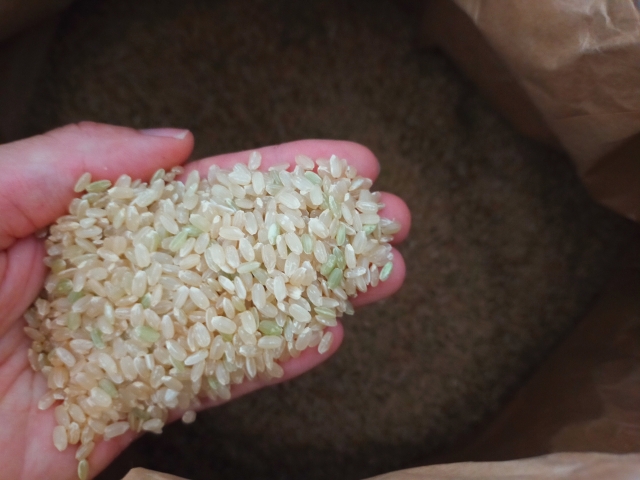
Before diving into the brewing process, it's crucial to understand the ingredients that make up sake.
Rice: The Foundation of Sake
- Special sake rice: Different from table rice, sake rice has a larger grain and higher starch content.
- Polishing: The outer layers of rice grains are milled away to expose the starch-rich core.
Water: Sake's Lifeline
- Soft water preferred: The mineral content of water affects the sake's taste and texture.
- Water sources: Many breweries are located near pristine water sources for this reason.
Koji: The Magic Mold
- Aspergillus oryzae: This mold is cultivated on rice to convert starches into sugars.
- Temperature and humidity control: Critical for optimal koji growth.
Yeast: The Fermentation Starter
- Yeast strains: Different strains affect the aroma and flavor of the sake.
- Alcohol and carbon dioxide production: Yeast consumes the sugars to produce alcohol.
Sake Brewing Process: A Step-by-Step Guide
Sake brewing is a complex and fascinating process that involves multiple stages and specialized techniques. In this detailed guide, we will explore each step of the brewing process, from rice preparation to fermentation and aging. We will also provide insights into the various factors that influence the final flavor and quality of sake.
1. Rice Preparation

Image Via: japansake.or.jp
Milling
The first step in sake brewing is milling the rice. This removes the bran and germ, leaving behind the starchy core of the grain. The milling rate, which refers to the percentage of the rice grain that is removed, can have a significant impact on the flavor and aroma of the final product. Generally, sake rice is milled to a high degree, resulting in a white, polished rice.
Washing and Soaking
The milled rice is then thoroughly washed to remove any impurities. It is then soaked in water for several hours to absorb moisture. This step is important for ensuring even cooking and fermentation.
2. Koji Making
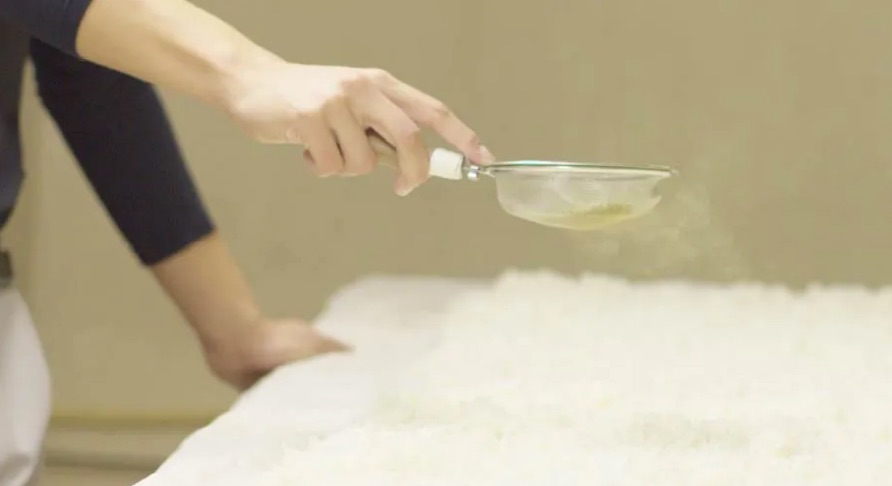
Steaming
The soaked rice is steamed to cook it and prepare it for the koji mold. Steaming time and temperature are critical factors that affect the koji's growth and enzymatic activity.
Koji-kin Inoculation
The steamed rice is then inoculated with koji spores, a type of mold that produces enzymes capable of converting starches into fermentable sugars. The koji spores are evenly distributed throughout the rice, and the mixture is allowed to incubate in a warm, humid environment for several days.
3. Moromi Preparation
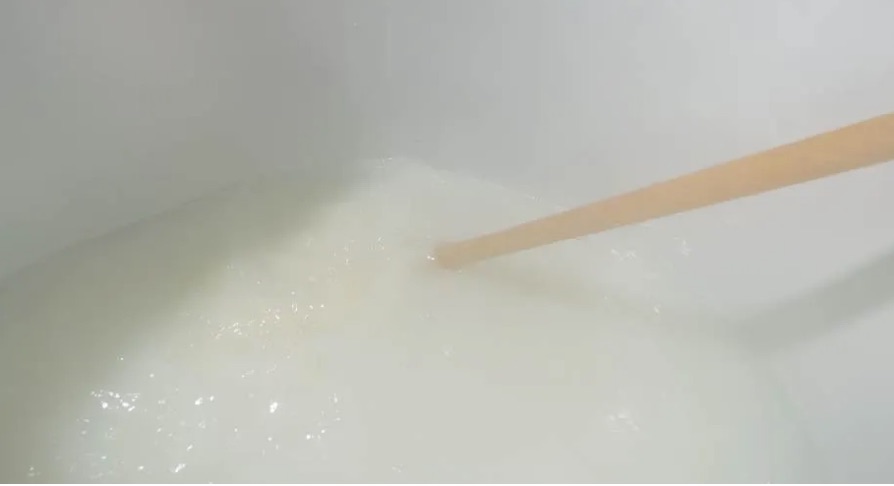
Yeast Addition
Once the koji has developed, it is mixed with water, yeast, and a small amount of previously brewed sake (called moto) to create the moromi, or sake mash. The yeast converts the sugars produced by the koji into alcohol, and the fermentation process begins.
Fermentation
The moromi is fermented for a period of about two weeks, during which time the yeast converts the sugars into alcohol. The temperature and acidity of the moromi are carefully monitored and adjusted throughout the fermentation process to ensure optimal conditions for yeast activity and flavor development.
4. Pressing
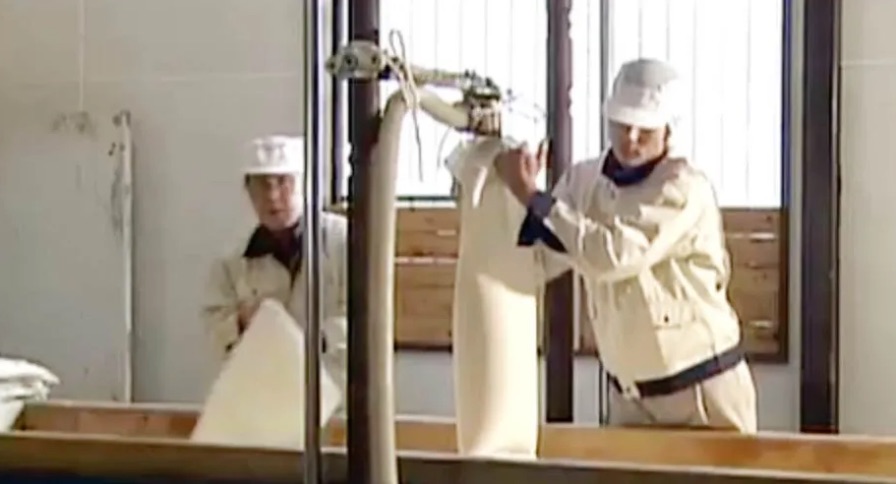
Separation
After fermentation, the moromi is pressed to separate the sake from the lees (solid residue). This can be done using a variety of methods, including traditional basket presses and modern centrifuge machines.
Filtration
The sake is then filtered to remove any impurities and sediment. Different filtration methods can be used to achieve varying levels of clarity and口感.
5. Aging and Bottling
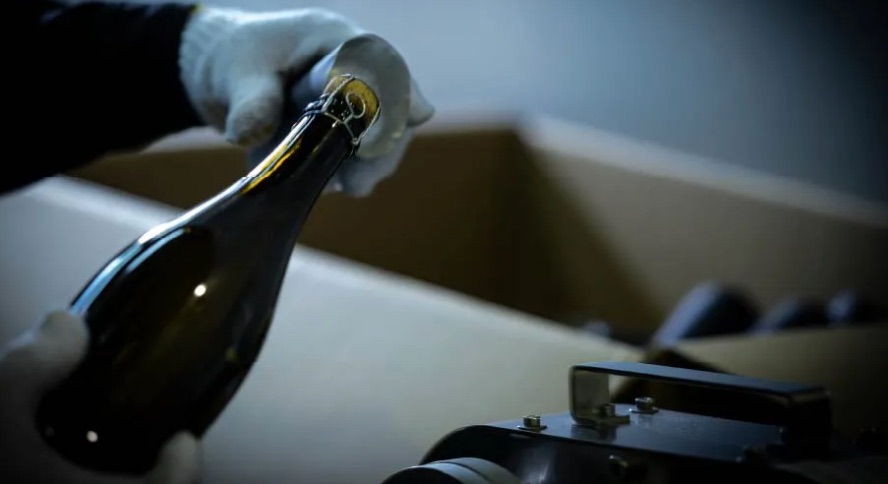
Aging
The sake is then aged for a period of several months to a year, which allows the flavors to develop and mellow. Aging can take place in a variety of vessels, including stainless steel tanks, wooden barrels, and ceramic vessels.
Blending
Different batches of sake may be blended together to create a desired flavor profile. This is a common practice in sake brewing, and it allows brewers to achieve consistency and balance in their products.
Pasteurization
The sake is pasteurized to kill any remaining yeast and bacteria. This ensures the stability and shelf life of the product.
Bottling
The sake is then bottled and ready to be enjoyed!
Factors Influencing Sake Flavor and Quality
The flavor and quality of sake can be influenced by a number of factors, including:
- Rice variety: Different types of sake rice have different characteristics that can impact the flavor of the final product. Some of the most common sake rice varieties include Yamada Nishiki, Gohyakumangoku, and Miyama Nishiki.
- Milling rate: The milling rate affects the amount of starch and protein in the rice, which can influence the flavor and aroma of the sake. A higher milling rate generally results in a lighter, more delicate sake, while a lower milling rate can produce a fuller-bodied sake with more complex flavors.
- Koji making: The type of koji mold used and the conditions during koji-making can have a significant impact on the flavor and aroma of the sake. Different koji strains can produce different enzymatic profiles, leading to variations in sugar production and flavor development.
- Yeast strain: Different strains of sake yeast have different fermentation characteristics that can influence the flavor and aroma of the sake. Some yeasts produce more fruity esters, while others produce more complex phenolic compounds.
- Fermentation temperature: The temperature during fermentation can affect the flavor and aroma of the sake.
Conclusion: The Art and Science of Sake Brewing
Sake brewing is a complex and fascinating process that combines traditional techniques with modern scientific knowledge. The numerous factors that influence the flavor and quality of sake require a deep understanding of the brewing process and the characteristics of the ingredients used.
Through careful attention to detail and meticulous craftsmanship, skilled brewers can create a wide range of sake styles, from light and refreshing to full-bodied and complex. Each bottle of sake represents a unique expression of the brewer's artistry and the terroir of the region where it was made.
Sake is a beverage with a rich history and cultural significance, and its appreciation continues to grow worldwide. By understanding the brewing process and the factors that influence its flavor, we can better appreciate the complexity and diversity of this unique alcoholic beverage.
